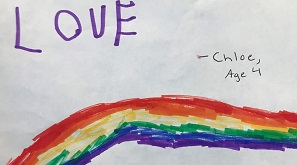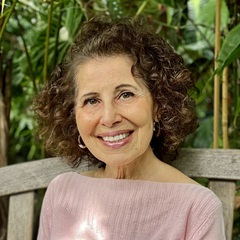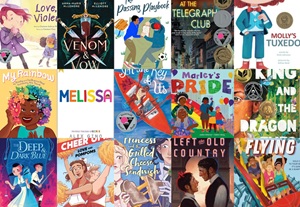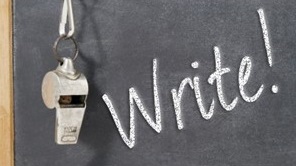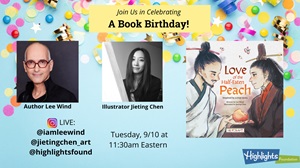LGBTQIA+ writers and illustrators bring their voices to our annual workshop Writing the Rainbow: Crafting Picture books With LGBTQIA+ Themes.
If you are an ally for the LGBTQIA+ community, this workshop could also be an opportunity for you to bring that allyship to your work in children’s literature.
A while back, we published an interview with Writing the Rainbow faculty Lesléa Newman and Rob Sanders, and they offered some great insights inspired by their own work. The information they provided offered authors and illustrators points to think about as they create with allyship in mind–whether it’s work that:
- Has a clear LGBTQIA+ theme
- Delivers a message to encourage early and lifelong allyship in children
- Resonates with children of all types, no matter their family structure or orientation
Examples of Allyship in Picture Books from Our Faculty
Lesléa Newman shares examples of how she is conscious of family constellations, pronouns, and gender roles in her work:
For example, in my book, Welcoming Elijah: A Passover Tale with a Tail, the opening scene depicts guests arriving to a home for a Seder (Passover meal). Originally the artwork showed a boy standing next to his mom and his dad on their front porch, which is kind of a default family model. Nowhere in the text did it say that the boy had a mom and a dad. So I asked my editor if we could just picture the boy opening the door to welcome the guests. That way the book is more accessible to kids from all types of families.
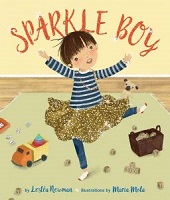 I’m also conscious of gender roles. For example, in Sparkle Boy, which focuses on Casey, a little boy who likes to wear sparkly skirts, bracelets, and nail polish, it’s the dad who does the grocery shopping (Dad is also the one who agrees to paint Casey’s nails). I have also written some picture books lately that do not include any pronouns at all, except for the first person pronoun “I,” And I am hoping that the illustrations will depict the characters as gender-free.
I’m also conscious of gender roles. For example, in Sparkle Boy, which focuses on Casey, a little boy who likes to wear sparkly skirts, bracelets, and nail polish, it’s the dad who does the grocery shopping (Dad is also the one who agrees to paint Casey’s nails). I have also written some picture books lately that do not include any pronouns at all, except for the first person pronoun “I,” And I am hoping that the illustrations will depict the characters as gender-free.
Rob Sanders shares an example of nonfiction idea inspiration:
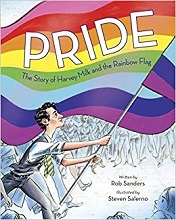 I know the exact moment I was inspired to write Pride. It was the evening of June 26, 2015, the night of the SCOTUS marriage equality decision. As I watched the news coverage that evening, I–along with everyone else–was amazed when the North Portico of the White House was washed in the colors of the rainbow flag. Do you remember that? It was an emotional moment. Since I’m an elementary school teacher I view most things thinking about my students. I knew they had seen Rainbow Flags, but I also knew most (if not all) had no idea who created the flag, why it was created, and its importance to the community. I wrote the first draft of the book that night. Gilbert Baker, the designer of the flag, read the book at two different stages, and it was Gilbert who pointed out that the 2018 release date would be the 40th anniversary of the first Pride Flag.
I know the exact moment I was inspired to write Pride. It was the evening of June 26, 2015, the night of the SCOTUS marriage equality decision. As I watched the news coverage that evening, I–along with everyone else–was amazed when the North Portico of the White House was washed in the colors of the rainbow flag. Do you remember that? It was an emotional moment. Since I’m an elementary school teacher I view most things thinking about my students. I knew they had seen Rainbow Flags, but I also knew most (if not all) had no idea who created the flag, why it was created, and its importance to the community. I wrote the first draft of the book that night. Gilbert Baker, the designer of the flag, read the book at two different stages, and it was Gilbert who pointed out that the 2018 release date would be the 40th anniversary of the first Pride Flag.
Rob shares thoughts on bringing authenticity to your work:
Authenticity was added to my forthcoming book The Fighting Infantryman: The Story of Albert D.J. Cashier, Transgender Civil War Soldier with the help of transgender representatives from GLADD who have editorial feedback and vetted the book, and by the illustrator, who is transgender…
I believe that every child needs to see herself/himself/themself in books, so the more authentic voices in the community who are telling stories, the better. We also need allies telling the stories of allies, family members telling stories from the perspective of family members, and the like.



